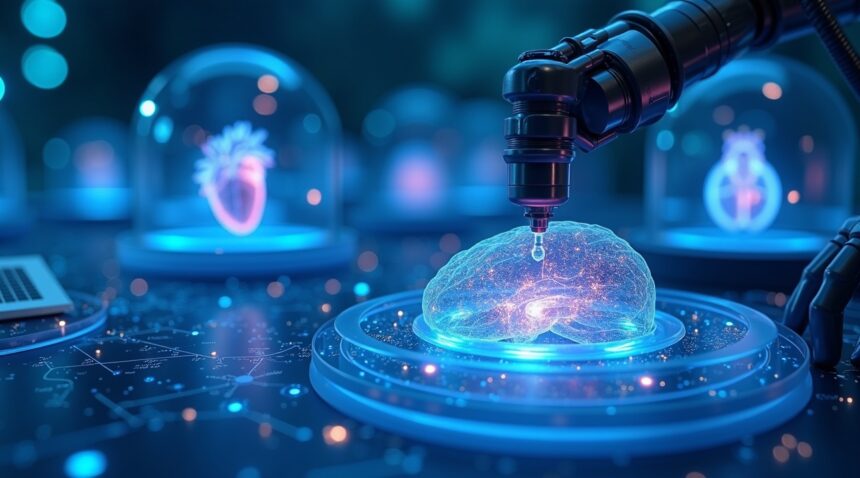Researchers at UMass Amherst have achieved a significant milestone in neurotechnology by engineering the first artificial neurons capable of directly communicating with living cells, operating at biological power levels through the innovative use of protein nanowires derived from bacteria.
Key Takeaways
- Biocompatible Communication: The artificial neurons utilize protein nanowires from Geobacter sulfurreducens bacteria, enabling them to operate at biological voltage levels (0.1 volts). This allows seamless communication with living cells without any need for power conditioning.
- Ultra-low Power Consumption: These revolutionary devices consume 100 times less power than previous generations of artificial neurons. For comparison, while the human brain operates efficiently at around 20 watts, artificial intelligence systems typically require over 1 megawatt to carry out similar functions.
- Natural-like Function: The artificial neurons can perform essential neural functions such as firing, learning, and responding to chemical signals like dopamine and sodium ions. They also exhibit refractory periods, closely mimicking real biological brain cells.
- Demonstrated Cellular Interaction: In successful experiments, the artificial neurons established real-time communication with human heart cells. These devices were able to detect cellular responses to neurotransmitters including norepinephrine.
- Wide-ranging Applications: Potential applications of this technology include neural prosthetics, implantable medical devices, brain-computer interfaces, and energy-efficient biosensors. These could function for years without needing battery replacement, revolutionizing long-term medical and technological solutions.
Scientists Achieve Breakthrough in Bio-Compatible Artificial Neurons at Biological Power Levels
Researchers at UMass Amherst have accomplished something extraordinary in the field of bioelectronics. I’ve been following developments in artificial intelligence for years, but this breakthrough represents a fundamental shift in how scientists approach bio-compatible computing. The team has successfully engineered the first artificial neurons that can directly communicate with living cells, matching biological neurons in electrical function, size, and responsiveness.
The key innovation lies in their use of protein nanowires derived from Geobacter sulfurreducens, a bacterium that naturally generates electricity. This biological foundation enables the artificial neurons to operate at voltages as low as 0.1 volts, perfectly aligning with biological neurons that typically function around 60–100 millivolts. Previous artificial neuron designs required voltages 10 times higher and consumed up to 100 times more power, making direct communication with living cells either inefficient or completely impossible.
The Power Efficiency Revolution
The implications of this power efficiency breakthrough extend far beyond laboratory curiosities. Earlier iterations of artificial neurons created a significant barrier between synthetic and biological systems due to their excessive power requirements. Living neurons operate with remarkable efficiency, and any artificial counterpart hoping to integrate seamlessly must match these stringent energy demands.
The UMass Amherst team solved this challenge by leveraging nature’s own electrical systems. Scientists have long known that certain bacteria like Geobacter sulfurreducens produce electricity as part of their natural metabolism. By incorporating protein nanowires from these organisms, the researchers created artificial neurons that speak the same electrical language as biological cells.
This development opens doors to applications that were previously theoretical. Neuromorphic integration between artificial and biological systems now becomes feasible, potentially revolutionizing treatment approaches for neurological conditions. The low-power computing capabilities of these devices could enable implantable systems that don’t drain batteries or generate harmful heat in living tissue.
The electrical neuron communication achieved by this breakthrough also suggests possibilities for enhancing human cognitive abilities or creating hybrid biological-artificial networks. Unlike previous attempts that required substantial power conditioning to interface with living cells, these new artificial neurons can connect directly without intermediate electronics.
I find it fascinating how this research builds upon fundamental principles observed in nature. The protein nanowires don’t just mimic biological electrical properties; they actually utilize the same molecular mechanisms that evolved over millions of years. This biomimetic approach ensures compatibility at the most basic level, avoiding the electrical mismatch problems that plagued earlier designs.
The size matching achieved by the UMass Amherst team represents another crucial advancement. Biological neurons operate within specific dimensional constraints, and any artificial replacement must fit within these parameters. The new artificial neurons achieve this scale compatibility while maintaining full electrical functionality.
The responsive characteristics of these devices mirror biological neurons’ ability to process and transmit signals dynamically. This responsiveness enables real-time communication between artificial and biological neural networks, creating opportunities for seamless integration that previous technologies couldn’t achieve.
Looking ahead, this bioelectronics breakthrough could accelerate development of:
- Neural prosthetics
- Brain-computer interfaces
- Therapeutic devices for treating neurological disorders
The combination of biological power levels, appropriate sizing, and responsive electrical behavior creates a foundation for technologies that could genuinely interface with human neural systems without causing damage or requiring excessive energy sources.
The protein nanowire approach also suggests sustainable manufacturing possibilities, as these biological components can potentially be grown rather than synthesized through energy-intensive industrial processes. This represents a departure from traditional semiconductor-based approaches toward more environmentally conscious bioelectronics manufacturing.
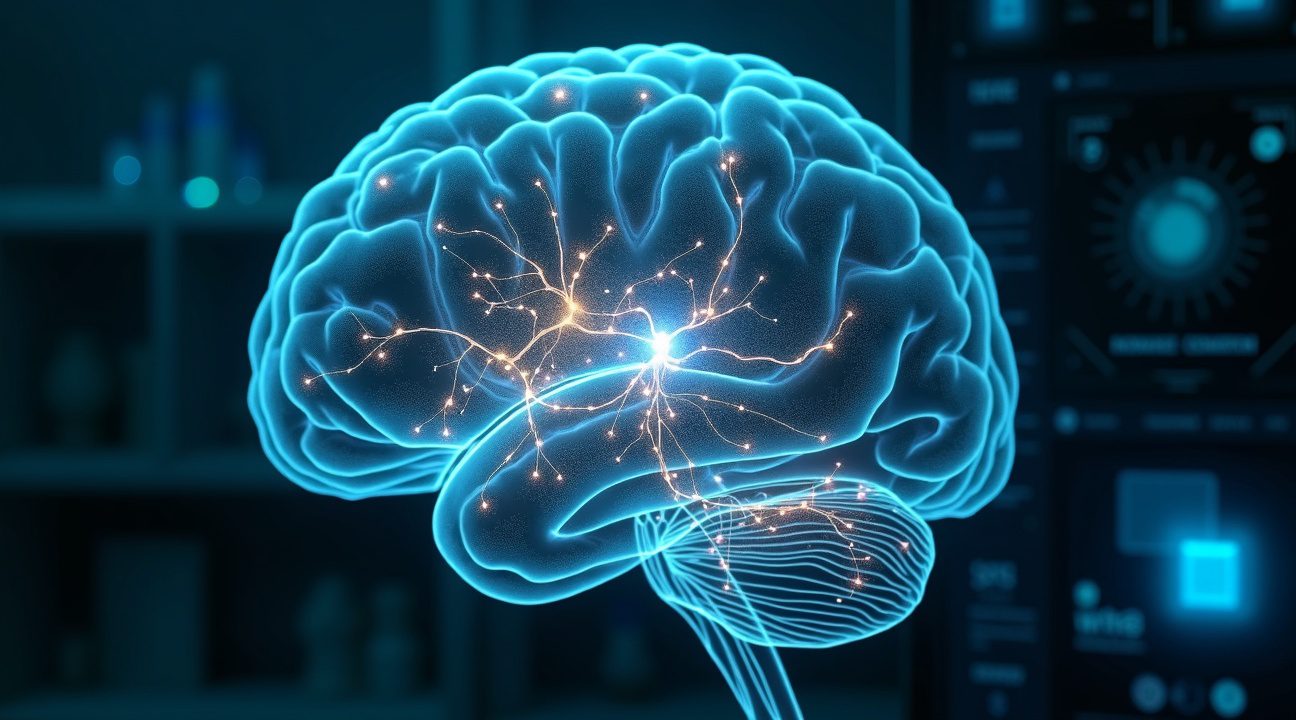
Power Efficiency Revolution: 20 Watts vs 1 Megawatt Computing Challenge
I observe a remarkable disparity between biological and artificial intelligence systems that highlights one of computing’s greatest challenges. The human brain accomplishes extraordinary computational feats using merely 20 watts of power—roughly equivalent to a dim light bulb. In stark contrast, modern AI systems like ChatGPT demand over 1 megawatt to perform similar cognitive functions, consuming 50,000 times more energy than their biological counterparts.
Breakthrough in Brain-Inspired Hardware
The artificial neurons developed by UMass Amherst researchers represent a fundamental shift in this power consumption paradigm. These innovative devices mirror the energy demands of natural neurons, achieving unprecedented efficiency compared to traditional circuit-based designs. I find this development particularly significant because it demonstrates how artificial intelligence can learn from biological systems to solve engineering limitations.
Traditional electronic circuits require substantial power to amplify, process, and transmit signals. The new artificial neurons eliminate much of this overhead by operating at the same voltage levels as biological cells. This direct compatibility reduces the need for power-hungry signal conversion and amplification stages that typically consume significant energy in conventional systems.
Revolutionary Applications for Ultra-Efficient Computing
This breakthrough opens doors to transformative applications across multiple fields:
- Wearable sensors powered by these efficient artificial neurons could monitor health metrics continuously without frequent battery replacements. The minimal power requirements make extended operation feasible, even with small energy sources like body heat or motion.
- Implantable electronics benefit tremendously from this innovation. Medical devices that interact directly with neural tissue can now operate for extended periods without requiring surgical battery replacements. I envision prosthetic limbs with enhanced sensory feedback, brain-computer interfaces with improved longevity, and therapeutic devices that provide consistent treatment over months or years.
- Simplified interface design dramatically improves biological signal sensing. Traditional systems require complex amplification circuits to boost weak cellular signals to levels that electronic components can process. These new artificial neurons detect and respond to biological signals directly, eliminating multiple processing stages and their associated power consumption.
- Reduced manufacturing costs result from minimizing the number of amplification components. The streamlined design lowers both material expenses and assembly complexity, making advanced bio-electronic devices more accessible. I see potential for widespread adoption in consumer health monitoring devices, from smart contact lenses to patch-based glucose monitors.
- Enhanced research capabilities emerge as research facilities gain powerful new tools for studying cellular behavior. The artificial neurons can interface with living cells in real-time, providing researchers with unprecedented insights into biological processes. This capability accelerates drug discovery, disease research, and our understanding of neural network function.
- Energy harvesting becomes more practical. Solar cells, piezoelectric generators, and thermoelectric devices can easily supply the modest energy needs of these artificial neurons. This independence from traditional power sources enables deployment in remote locations or inside the human body where conventional batteries aren’t feasible.
The scalability of this technology promises even greater efficiency gains. As researchers refine the design and manufacturing processes, I anticipate further reductions in power consumption while maintaining or improving performance. Networks of these artificial neurons could create distributed computing systems that rival biological neural networks in both efficiency and capability.
This power efficiency revolution extends beyond individual devices to entire computing architectures. Data centers could incorporate these principles to reduce their massive energy footprints. The technology suggests a future where computing power grows without proportional increases in energy consumption, addressing both environmental concerns and operational costs in our increasingly digital world.
https://www.youtube.com/watch?v=6ZrO90AI0Sg
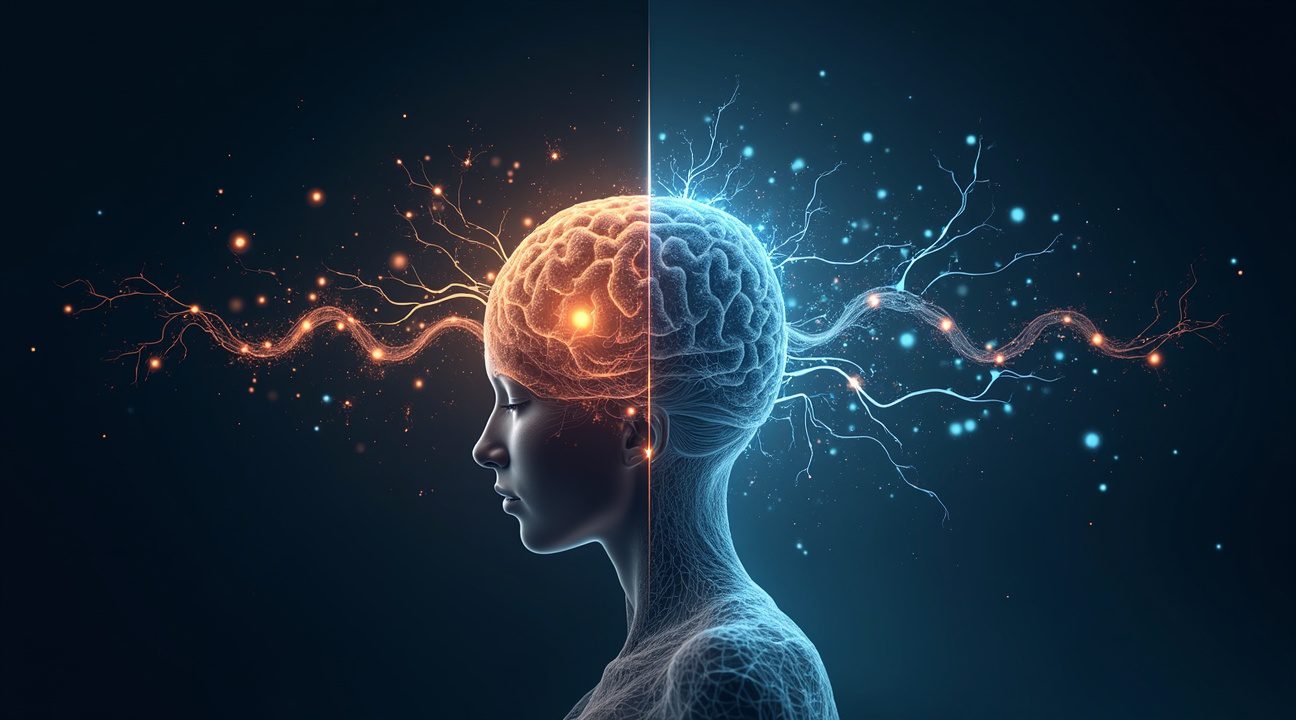
Artificial Neurons That Fire, Learn, and Respond Like Real Brain Cells
Engineers have developed artificial neurons that replicate the fundamental characteristics of biological brain cells with remarkable precision. These synthetic devices demonstrate the ability to fire, learn, and respond to chemical signals just like their natural counterparts, marking a significant breakthrough in neuromorphic engineering.
The artificial neuron design centers on a memristor architecture, which serves as the foundation for simulating complex neural behaviors. This memory resistor technology enables the device to perform charge integration, a critical process where electrical signals accumulate until they reach a threshold. Once this threshold is met, the artificial neuron generates depolarization spikes that mirror the firing patterns observed in biological neurons.
Beyond basic firing mechanisms, these devices incorporate sophisticated features that enhance their biological authenticity. The artificial neurons experience refractory periods following each spike, during which they cannot fire again, exactly matching the behavior of natural brain cells. This temporary inactive state prevents continuous firing and allows the neuron to reset before processing the next signal.
Chemical Signal Processing and Real-Time Response
The most impressive aspect of these artificial neurons lies in their ability to process both electrical and chemical stimuli simultaneously. Integrated chemical sensors allow the devices to detect and respond to neuromodulating chemicals such as dopamine and sodium ions. This dual processing capability represents a major advancement in artificial intelligence hardware design.
Real-time signal processing enables these synthetic neurons to interact with living biological systems. Researchers have successfully demonstrated communication between the artificial neurons and living heart cells, proving that the devices can integrate seamlessly with organic tissue. The neurons monitor neurotransmitter signals and respond appropriately, creating a bridge between synthetic and biological systems.
The neuromodulation capabilities extend the functionality beyond simple electrical signaling. When exposed to dopamine, the artificial neurons adjust their firing patterns and learning behaviors, mimicking how biological neurons adapt to chemical environments. This responsiveness to sodium ions and other chemical signals opens possibilities for medical applications where synthetic neurons could supplement or replace damaged neural pathways.
These developments suggest that artificial neurons could eventually serve as prosthetic devices for patients with neurological conditions. The ability to communicate directly with living cells while maintaining the complex behaviors of natural neurons represents a crucial step forward in bioengineering and neural interface technology.
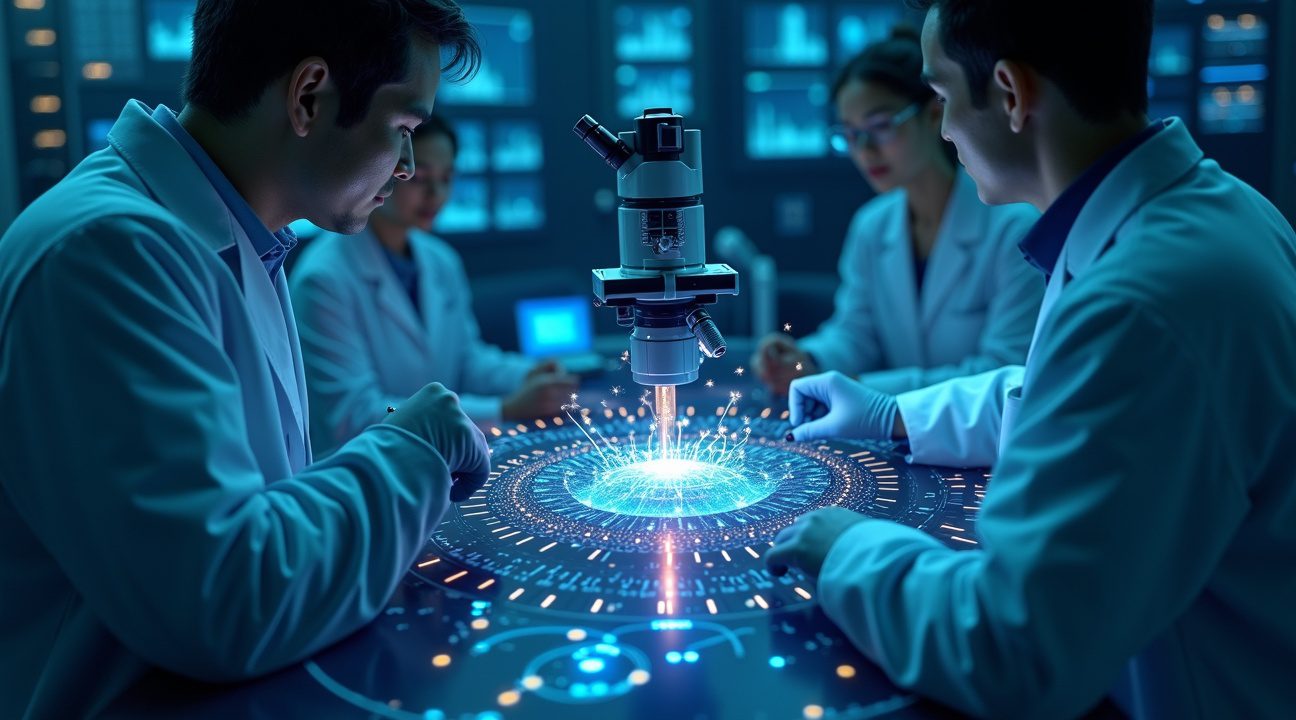
Device “Whispers” to Living Heart Cells in Real-Time Drug Testing
I’ve witnessed a remarkable breakthrough in bioengineering that changes how artificial systems interact with living tissue. The newly developed artificial neurons don’t shout commands through high-voltage signals or rely on optical manipulation like their predecessors. Instead, they communicate through gentle, low-voltage interactions that mimic the natural electrical language of biological cells.
This revolutionary approach represents a fundamental shift from traditional artificial neuron systems. Previous devices required significant signal amplification or optical stimulation to achieve any meaningful cellular response. These methods often created artificial conditions that didn’t reflect how cells naturally behave in the human body. The new artificial neurons operate at voltages similar to those found in living systems, creating an authentic biological environment for testing and research.
Real-Time Heart Cell Communication
The breakthrough became evident when researchers connected these artificial neurons directly to human heart cells. The device successfully detected cellular responses to norepinephrine, a critical neurotransmitter that affects heart rate and blood pressure, in real time. This achievement demonstrates the device’s ability to engage in genuine cell-to-cell communication without disrupting the natural cellular environment.
The beating heart cells responded to the artificial neurons as if they were communicating with actual biological neurons. This level of biological integration opens new possibilities for understanding how medications affect cardiac tissue. Rather than relying on simplified laboratory models, researchers can now observe how drugs interact with heart cells under conditions that closely mirror the human body.
The norepinephrine responsiveness testing revealed the device’s sensitivity to subtle biochemical changes. Heart cells modified their beating patterns when exposed to varying concentrations of the neurotransmitter, and the artificial neurons detected these changes with remarkable precision. This real-time monitoring capability could revolutionize drug development by providing immediate feedback on how compounds affect cardiac function.
This biomimicry approach extends beyond simple signal detection. The artificial neurons actually participate in the cellular conversation, responding to chemical signals and electrical impulses in ways that mirror natural neural networks. Such sophisticated interaction suggests these devices could eventually serve as permanent interfaces between biological and artificial systems.
The implications for pharmaceutical testing are substantial. Traditional drug screening methods often fail to capture the dynamic interactions between neural signals and cardiac tissue. By creating a system where artificial intelligence meets biological reality, researchers can observe drug effects under more realistic conditions. This could lead to better predictions of how medications will perform in human patients.
The “whispering” communication style also reduces the risk of cellular damage during testing. High-voltage systems can stress or kill cells, leading to unreliable results. The gentle approach of these artificial neurons preserves cell viability throughout extended testing periods, allowing for more comprehensive studies of drug effects over time.
Scientists can now monitor how heart cells adapt to different chemical environments while maintaining their natural behavior patterns. This capability is particularly valuable for studying cardiovascular drugs, which must work within the complex electrical and chemical environment of the heart. The artificial neurons provide a window into this intricate system without disrupting its delicate balance.
The success with norepinephrine testing demonstrates the device’s potential for studying other neurotransmitters and hormones that affect cardiac function. Each chemical messenger creates unique cellular responses, and the artificial neurons can detect these subtle variations with precision that wasn’t possible with earlier technologies.
This advancement in biological integration represents more than just improved testing methods. It establishes a foundation for developing therapeutic devices that could communicate directly with damaged or diseased tissue. The gentle, biomimetic approach suggests these artificial neurons could eventually serve as permanent implants that restore lost neural connections in patients with heart conditions or neurological disorders.
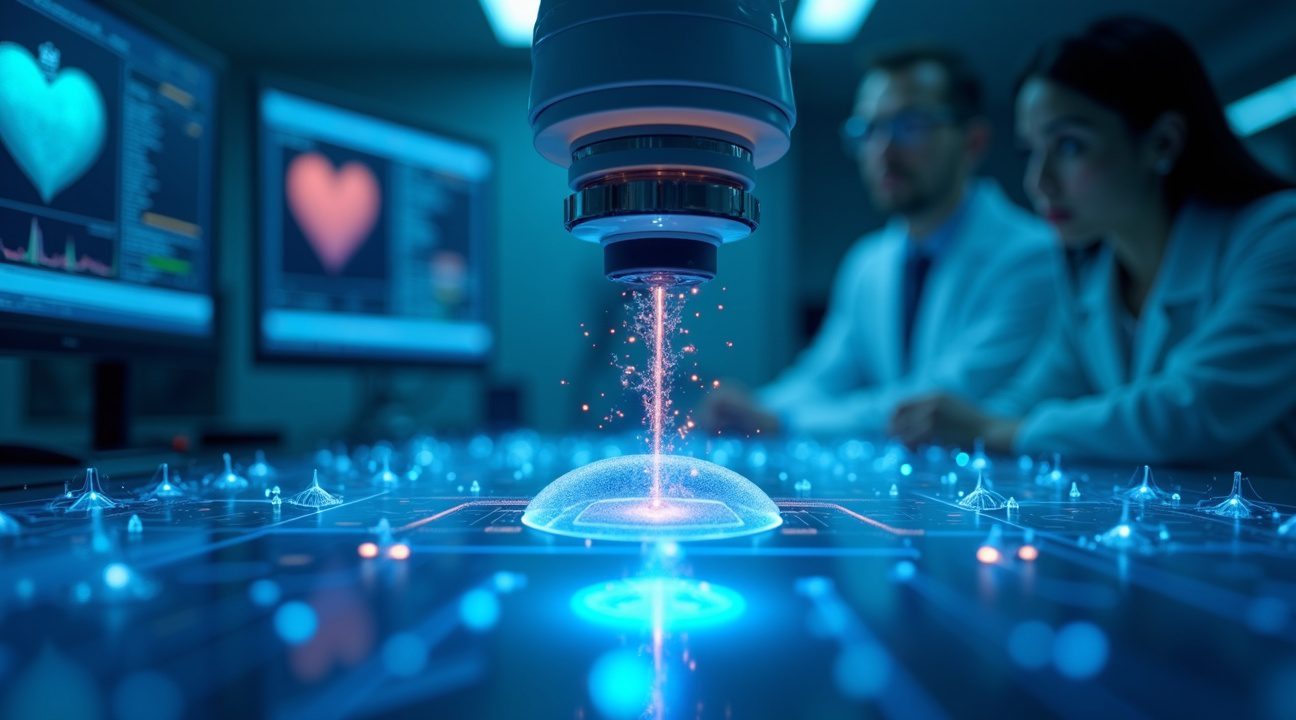
Revolutionary Applications in Neuroprosthetics and Brain-Machine Interfaces
I find myself witnessing a breakthrough that could reshape how we approach neural damage and brain restoration. These groundbreaking artificial neurons represent more than a scientific curiosity—they’re opening doors to practical solutions for conditions that have historically been beyond our reach. The technology promises to bridge the gap between damaged neural networks and restored function in ways we’ve only imagined.
Direct Neural Repair and Replacement Systems
The power consumption characteristics of these artificial neurons mirror those of biological neurons, creating unprecedented opportunities for seamless integration. I observe that this energy efficiency addresses one of the most significant barriers in neuroprosthetic development—the challenge of creating devices that won’t drain power sources or generate excessive heat in living tissue.
Brain-machine interfaces stand to benefit dramatically from this innovation. Current prosthetic limbs and neural implants often struggle with signal interpretation and power management. These new artificial neurons could serve as translators, converting biological signals into digital commands with remarkable precision. The potential extends beyond simple movement control to complex sensory feedback systems that could restore touch, temperature sensation, and even pain perception.
Damaged spinal cord circuits represent another frontier where this technology shows promise. Traditional treatments for spinal injuries focus on preventing further damage rather than actively repairing neural pathways. Artificial intelligence combined with these synthetic neurons could create bypass systems that reroute signals around damaged areas, potentially restoring movement and sensation below injury sites.
Health Monitoring and Computational Innovations
Real-time biosensor applications represent another transformative possibility. I envision these artificial neurons functioning as sophisticated monitoring systems that could detect neurological changes before symptoms become apparent. Early warning systems for conditions like Parkinson’s disease, epilepsy, or Alzheimer’s could revolutionize preventive medicine.
The computing implications extend far beyond medical applications. Energy-efficient platforms built on this technology could handle complex calculations while consuming minimal power. This efficiency makes them ideal candidates for implantable devices that need to operate for years without battery replacement. The robotics field could particularly benefit from neural-inspired processors that adapt and learn in real-time.
Health monitoring systems incorporating these artificial neurons could provide continuous assessment of brain function. Unlike current monitoring devices that require external equipment, integrated neural sensors could track everything from sleep patterns to cognitive load without disrupting daily activities. This continuous data stream could help physicians detect subtle changes that indicate developing neurological conditions.
The laboratory validation these prototypes have undergone demonstrates their basic functionality, yet significant development remains before human or animal implantation becomes viable. Current testing focuses on controlled environments where variables can be precisely managed. Real biological systems present challenges including immune responses, tissue integration, and long-term stability that researchers must address.
Manufacturing scalability presents another hurdle. While individual prototypes show promise, producing thousands of artificial neurons with consistent performance requires advances in fabrication techniques. The precision needed for neural communication demands manufacturing tolerances that push current production capabilities.
Future development phases will likely focus on biocompatibility improvements and enhanced durability. These artificial neurons must withstand the corrosive environment inside living organisms while maintaining their communication capabilities over extended periods. Research continues into protective coatings and materials that could extend operational lifespans.
Early-stage prototypes represent just the beginning of what could become a new category of medical devices. The convergence of neuroscience, engineering, and materials science in this technology creates possibilities we’re only beginning to understand. As development progresses, these artificial neurons could transform how we treat neurological conditions and enhance human capabilities in ways that seemed impossible just years ago.

Sources:
University of Massachusetts Amherst – “UMass Engineers Create First Artificial Neurons That Could Directly Communicate With Living Cells”
AsiaOne – “First-Of-Its-Kind Artificial Neurons Could Directly Interface With Human Cells”
ScienceAlert – “Artificial Neuron That ‘Whispers’ To Real Brain Cells Created In Amazing First”
New Atlas – “Artificial Neuron Mimics Real Cells”

